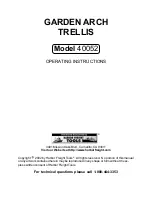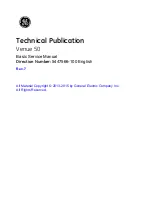
138
Fig. 134
5.2.2
Replacing the titration solution
If titration solutions are to be changed, since differing analysis methods are used, one should first
consider whether the time required for frequent changes is not more expensive than the acquisition of
another dosing unit.
As a principle and in the case of all piston/cylinder- systems, a substitution of the titration solution by
another one involves mixing and carry-over processes. The reason for this is the dead volume above
the piston in the cylinder and in the hoses. The disturbances to be anticipated are the greater, the
more the new solution differs from the previous type and concentration. In the case of highly different
solutions, the first substitution liquid (rinsing) should be distilled water, and the new titration solution
should be filled in only subsequently.
The possible disturbances are very much different in the individual cases and cannot be predicted
without knowledge of the specific case. Therefore the replacement of titration solutions must always
be performed under the supervision of experts who ensure the correctness of the future analyses.
If the decision to change the titration solution has been made, the first thing to do is to remove the
dosing unit as it is described in chapter 5.2.1. If possible, the residue of the titration solution should be
removed by hand by carefully pushing the projecting piston rod towards the hoses. When doing so,
more liquid will leak out of the titration tip, and the residual volume is furthermore reduced. Removing
the old titration solution can be accelerated by moving the piston rod of the dosing unit positioned top
down. The suction hose is then immersed in the new solution or in water as intermediate liquid. By
moving the piston several times in both directions (pumping) the previous liquid is gradually replaced
by new liquid. Subsequently, the dosing unit is set on again according to the description in chapter
5.2.1.
5.3 Globale Memory
The handling with the global memories were already described in the chapter 4.5.2.5.
















































